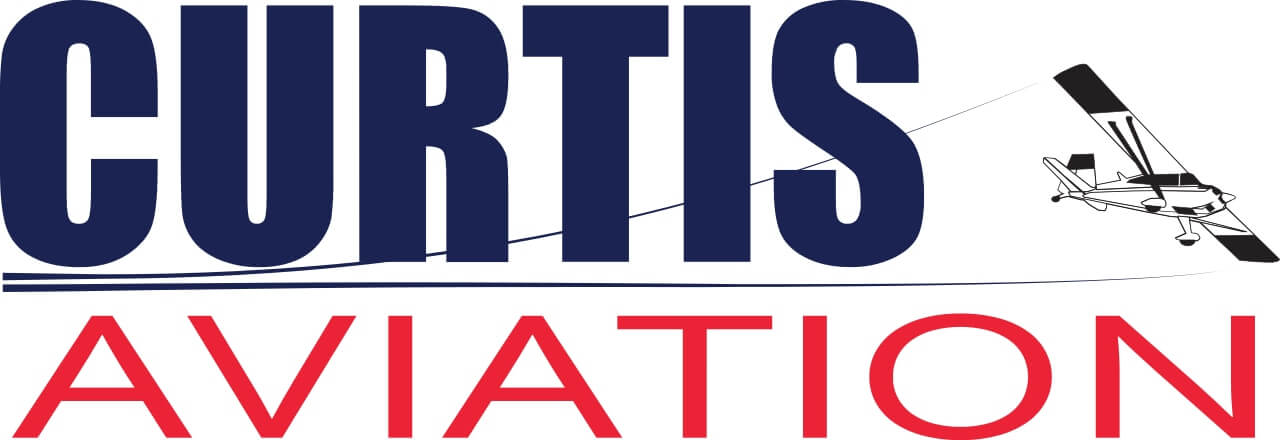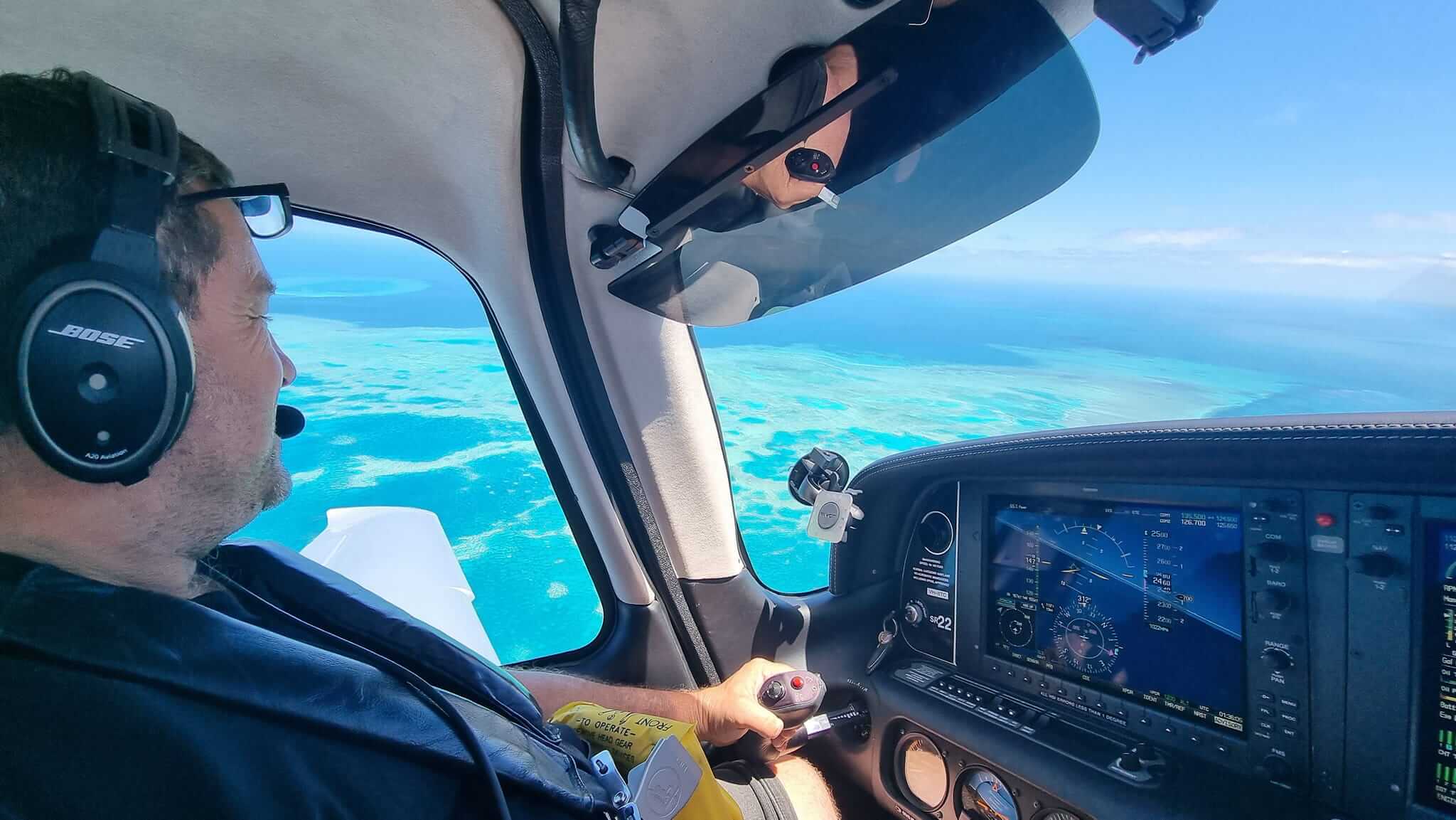Many people believe that learning to fly and attaining a private pilot licence (PPL) is harder than it really is. This is often the reason we hear when we ask people why they haven’t pursued their dream of flying. The great news is, if you’re like many of our students, getting your PPL may not be as daunting as you first thought.
Here are a few insights to make taking the first step easier for you and to gain a better understanding of what’s involved.
Do pilot licences require a lot of effort to obtain?
Before you get started, chat with an experienced instructor about your flying goals so you understand what is required and the degree of difficulty at every stage. Most importantly, they can guide you on the best, and most cost-effective, way to go about it, including the private pilot licence.
When learning to fly, licences are attained in stages starting with the Recreational Pilot Licence (RPL). Although it is somewhat restrictive (especially in terms of where you can go and type of aircraft you can fly), it’s a popular choice for many pilots.
If you’re looking for more flying freedom and adventure, and a base for further flying training, the Private Pilot Licence (PPL) is for you, however does also present some new challenges. Our private pilot students come from all walks of life, from school students to professionals to retirees, and how long it takes to reach minimum requirements to sit for the private pilot licence
- varies from person to person, and
- depends on frequency of lessons.
In terms of how hard it is, we find most people who come to our flying school have the ability to get their PPL if they choose to. What tends to be the key indicator of success is how strong the desire and determination to push through and persist when things get a bit trickier and uncomfortable.
The next licence is the Commercial Pilot Licence (CPL). Before you start any commercial pilot training, make sure you fully understand the skillset, level of commitment (time, effort and investment), medical requirements and other considerations of holding a Commercial Pilot Licence before going too far down the track of commercial pilot training. At Curtis Aviation we have helped many people become career pilots and can step you through the commercial pilot training options, including our integrated and non-integrated commercial pilot training programs, the Bachelor of Aviation, and the recommended additional endorsements and other training to broaden the employment opportunities for you, including instructor rating.
Should pursuing a career as an airline pilot be your goal, it is an ENTIRELY DIFFERENT BALL GAME. At Curtis Aviation we can guide you on the different pathways that help prepare you, such as the university Bachelor of Aviation program we proudly partner with. It’s also a good idea to look on airline websites about requirements and programs (which do change) and be realistic about your prospects because there are no guarantees of employment. If anyone tells you otherwise, be wary.
About the private pilot licence
The private pilot licence allows you to fly any plane for which you have been rated, and to fly on your own or with no-paying passengers in visual flying conditions (VFR, visual flight rules).
To hold a private pilot licence you need to:
- Be 17 years of age, however you can start your private pilot training at 16 years of age (For the recreational pilot licence, your first licence, there is no minimum age for starting training, however you are unable to hold a recreational pilot licence until you are 16, and not permitted to fly solo until you are 15 years of age)
- Be proficient in English (reading, writing, talking and comprehending). English is the language of aviation and your safety, and that of others, depends on it.
- Hold a medical certificate Class 3
- Be competent in basic arithmetic
- Pass an oral and written test
- Pass a flying test
What are the requirements to get your private pilot licence?
You will need to meet some Civil Aviation Safety Authority (CASA) requirements, including identity verification and medical. Your flight instructor will step you through these at your first lesson and as you progress through the licences. They can also provide information about costs and fees and a list of approved medical practitioners that can carry out your medical. (As a word of advice, there can sometimes be a delay getting into your preferred designated aviation medical examiner (DAME) so booking as early as possible is suggested.)
What are the theoretical and practical elements of private pilot training?
Your flying lesson will involve a pre-flight briefing, flight instruction in the air, and a post-flight debrief with your instructor. Much of the theory is self-study, however your instructor is there to explain many of the concepts and to keep you on track.
The aim of your training is to ensure you have the necessary technical understanding and practical experience in the field, and that you have the required theoretical knowledge of flight and control. You’ll also receive practical training on preparing your aircraft to fly and performing basic and more complex procedures.
As a private pilot student, you will gain theoretical and practical knowledge about the science and theory of flying, including:
- The theory and the science behind aerodynamics
- Regulations that affect aircraft flying
- Mechanical and technical understanding of the aircraft
- Procedures for safety
- The management of passengers
- Flight planning, weather, and other factors, and
- Navigation
Once you have your Private Pilot Licence, you can expand your flying horizons with further training, such as instrument flying, night flying, twin engine aircraft flying, aerobatics and even formation flying. In fact, with a Private Pilot Licence you’re allowed to fly just about ANY aircraft a commercial pilot can as long as you have the appropriate endorsements and ratings.
To maintain private pilot flying privileges there are some requirements. There are a number of variables that come into play, so it’s best to have your instructor explain these to you.
How to get started flying
If you’re thinking of taking up flying, there’s nothing like getting up in the air and putting your hands on the controls. Booking a trial instructional flight is the ideal and affordable way to find out if flying is for you.
A trial instructional flight is also a fantastic way of getting a feel of a flying school’s culture and their level of professionalism. Here at Curtis Aviation, we are a “one school, many skills” flying school located at Sydney’s Camden Airport with our motto being “flying is fun”. We have built a loyal and dedicated flying community that makes Curtis Aviation such a unique, supportive and popular place to learn and fly.
We also happen to be great at training competent, confident and successful pilots!
Ready to take to the skies? Book a trial instructional flight or find out more today. You just may surprise yourself!
Did you find this article helpful? Then check out our popular ON-DEMAND VIDEOS:
- Get your Private Pilot Licence. >> Access Now
- Get your Commercial Pilot Licence and Explore a Career as a Commercial Pilot. >> Access Now.


